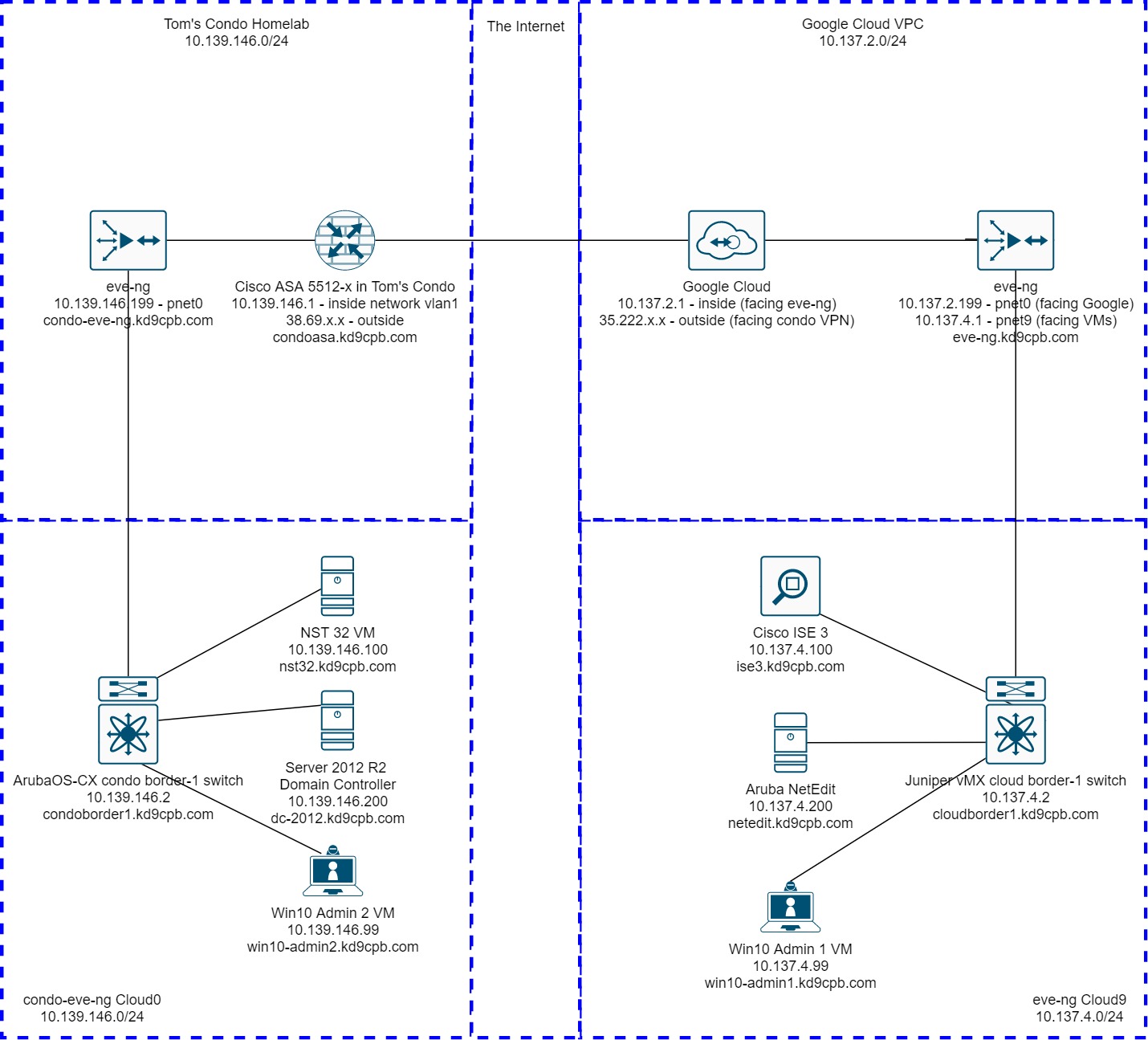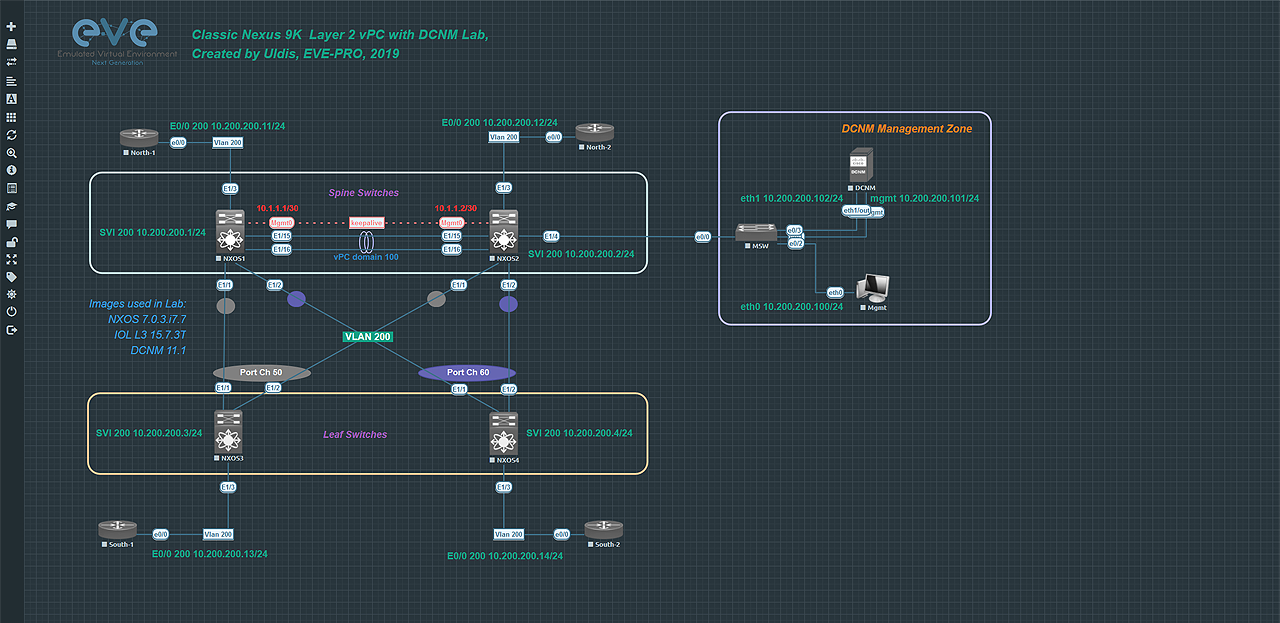

Recommended template for this node is listed below. VBond configuration has the next requirements: If you don’t configure vBond address under system settings, process of generating bootstrap config for vEdge node will not be successfull. Edit vBond settings and enter 10.10.0.3 in the IP address field. Go to Administrator > Settings and verify that Organization Name is correctly displayed.
#Eve ng lab password
Open web browser on Docker node and navigate to vManage web interface, authenticate using default username and password (admin/admin). You can check following steps from Cisco SD-WAN Edges licensing and onboarding, Add controller profile step. Check organization-name string that you plan to use, must be unique in Cisco database. We use the following, recommended, template:Įxit Be aware that organization-name must be consistent for all nodes, and must match exactly the value used in license.
#Eve ng lab software
Software images can be downloaded from the Downloads Home/Routers/Software-Defined WAN (SD-WAN)/ SD-WAN.įor this post i am using SD-WAN software version 19.1.0 with following image names:

This post is the first one, i think there will be two in total, in which we download images, power-up lab and make basic configuration for devices.įirst step in onboarding is downloading and installing required images from official site. Either select Nodes and take note of the number, or right click the node and the node ID is shown (in brackets).Building a SD-WAN lab leads to the need for onboarding, which is can be manual, mandatory for on-premise installations, or automated for cloud hosted deployments (AWS or Azure).

Open the lab > Shut down the machine that you want to save the changes from > Lab Details > Copy the lab ID number.
#Eve ng lab how to
Here is how to do that Solutionįirstly you need to get your POD NUMBER, you can get that from the user management screen, below you can see my user, (you can see already logged on), is using pod number 1.
#Eve ng lab update
So I wanted to update the ‘ Master‘ image in EVE-NG, with the one I configured. But when you deploy a qemu VM as a node in a lab, EVE-NG copies the VM to the lab, and the changes you make, only apply to the node, in the lab, in the pod, you are working on! Now I wanted to save the changes I made so that I could redeploy the configured servers to multiple labs. (Essentially they serve a different colour web page so I can test the load balancing is working OK). I created some web servers (in Tin圜ore Linux,) to act as the web servers in that lab. I’ve been working on a load balancing lab in EVE-NG this last week or so.


 0 kommentar(er)
0 kommentar(er)
